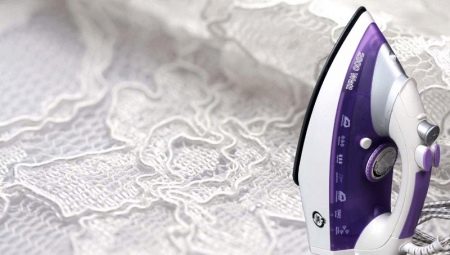Household chores are time consuming. And sometimes it also happens that an elementary task causes additional difficulties, for example, ironing tulle. This material is very thin and requires a special approach.
Recommendations
Although there are special ironing conditions for each type of fabric, there are those that need to be considered regardless of the type and density of tulle.
If a finished product was purchased, then the temperature regime and conditions for caring for the product must be indicated on the label. You should carefully study them and adhere to all points.
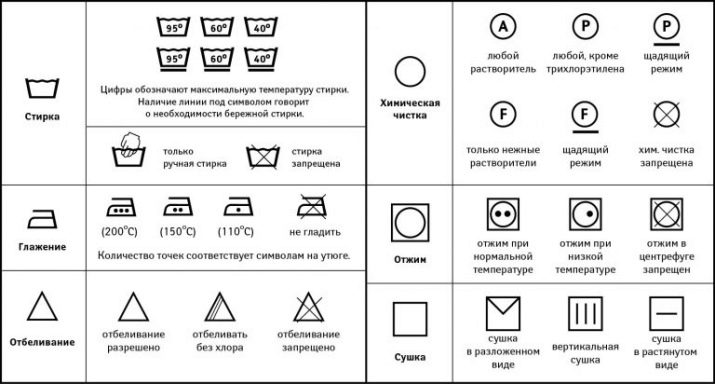
Before you turn on the iron in the network, you need to check the condition of the sole - it must be clean. Black spots are burnt particles. If you start ironing with such an iron, then they will ruin the thin fabric: black prints may appear on it, or the iron will burn it at all.


You need to determine which fiber is made of tulle - it can be synthetics, silk, cotton, polyester and other materials. Most irons have a special program for each type of fabric - this is what you should choose. If the temperature is set manually, then you need to select a value not higher than 120 degrees.

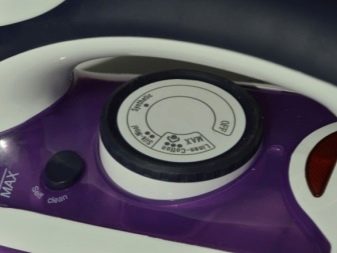
Do not rush or, conversely, linger for a long time in one area (keep the iron stationary) - this will lead to the fact that the fabric will be ironed unevenly. You should choose your pace and stick to it.
Like any other fabric, tulle needs to be ironed from the wrong side. To prevent tissue damage, use wet gauze as a pad between the iron and tulle. If a special overlay is included with the iron, then you definitely need to attach it to the sole, because it is used for these purposes.
The ideal ironing option is the upright position. For example, the fabric will straighten under its own weight. Additionally, you can act on it with an iron or steam generator.
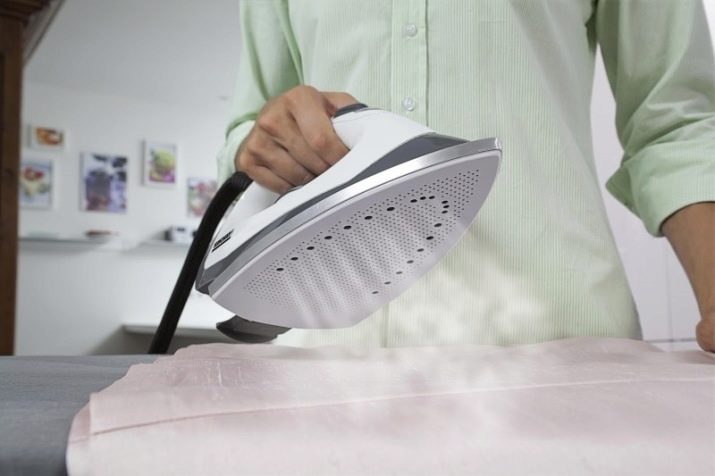
Despite the advice of manufacturers to iron only completely dried fabric, this approach does not always give the desired results. Therefore, do not wait for it to dry completely. The creases resulting from drying will be difficult to smooth out even with a steam jet.
The seams are ironed solely from the wrong side. In this case, it is necessary to ensure that the pressure is not strong. In this case, traces of seams may appear on the front side.
To prevent this undesirable effect, iron with a damp, thin cloth (gauze).
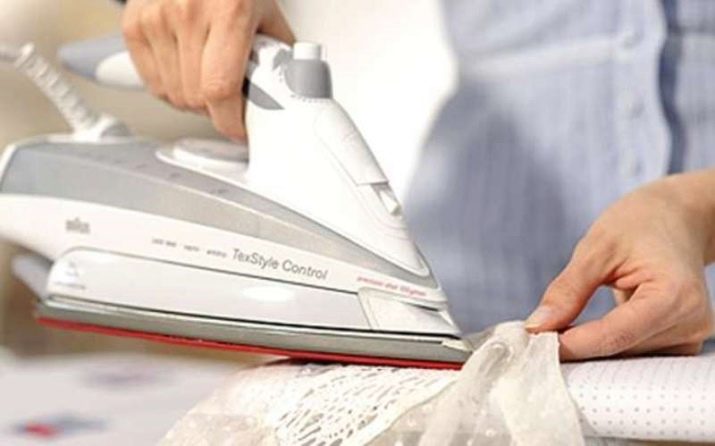
How to wash, so as not to iron?
In some cases, you can do without ironing at all. This is very convenient, as it saves time and effort. But the washing machine will not be an assistant here.
This method works well with fairly heavy fabrics (cotton, silk) and a veil. To achieve the absence of folds on the organza will be almost impossible, since this material is very moody.

Below is a step-by-step process for washing and hanging tulle.
- In a large basin, you need to pour water, dissolve the detergent in it (or the detergent that is used for washing). If there is no large capacity, then the bath itself will do. Small grains of powder should not remain, as they can settle on the fabric.
- Then you need to soak the tulle for several minutes and immediately wash. It is unacceptable that he lay for a long time, as creases can form. It will be impossible to smooth them naturally.

- After this, you need to drain the soapy water or drain it if the washing was carried out in the bathroom. Then rinse the fabric well. You do not need to squeeze it. You can wait a bit until the water drains naturally.
- It is advisable to immediately hang it on the ledge. Since it will be still quite wet, small puddles on the floor are possible. To prevent this, you need to put under the floor rags or other unnecessary fabric, for example, old sheets, diapers.
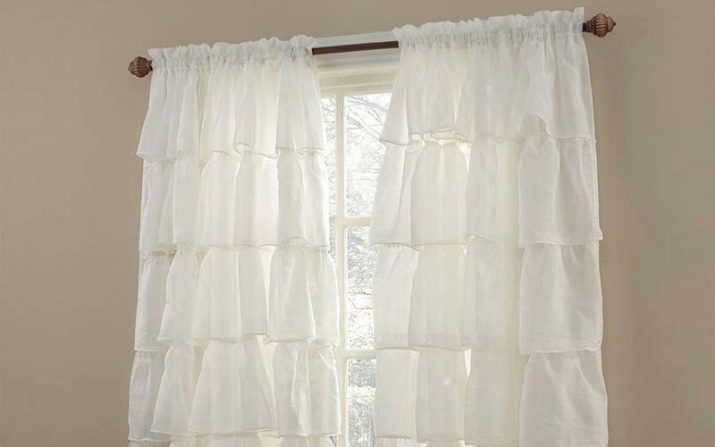
- The next step will be the distribution of tulle along the entire length of the cornice - you need to ensure that sections of the canvas do not stick to each other. In this position, it should dry quite quickly and without wrinkles.
- If they nevertheless formed in a small amount, you can steam them without removing them with a steamer or an iron with such a function - this is very convenient, especially when the curtains are long and large.

Material
From organza
This fabric attracts many housewives with its beauty. Translucent and light, it creates a feeling of weightlessness and lightness of space. But it’s not easy to take care of her.
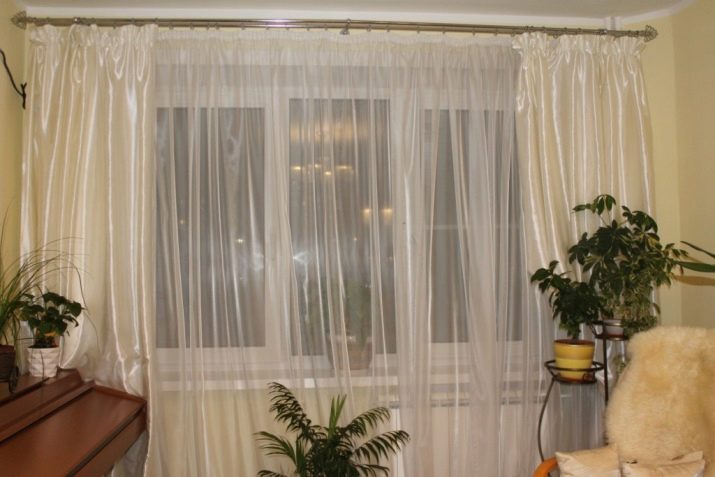
Below are the rules that will greatly facilitate the ironing of this "moody" material.
- The last step in the wash should be rinsing in slightly salted water. This will require approximately 1 tbsp. l with a slide of 5 liters of water. Thus, sticking of the iron to a thin web can be avoided.
- Organza has a special kind of weave fabric. In order not to damage it, it is necessary to iron it at minimum temperatures and through tissue paper.
- Do not dry the material, folded in half - such creases will be very difficult to smooth out.
- An ideal way to smooth wrinkles is to use a steamer. For example, you can hang on the ledge even not yet fully dried fabric and smooth it with the power of this device.
- Organza producers say it needs to be steamed only when dry. If this is not done, then glimpses may form on the fabric, and it will lose its attractive appearance.
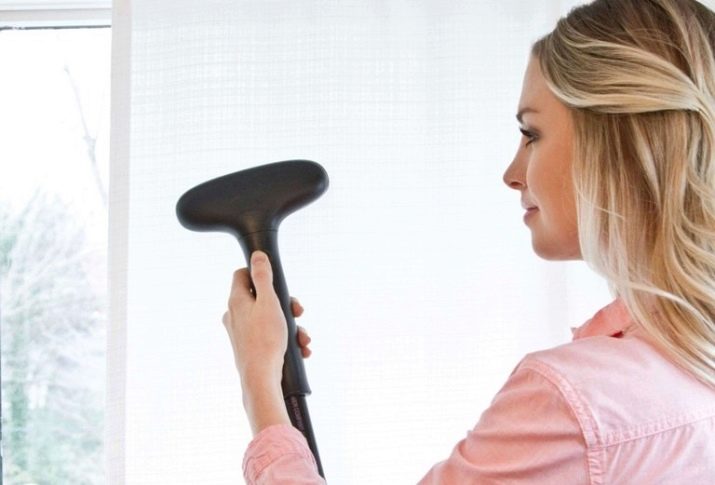
Made of cotton
One of the important conditions for successful ironing is the correct choice of the spin cycle of the fabric in the machine - it must be performed at minimum speed.
Let the fabric be a little wet rather than dry well, and creases will form on it.


As mentioned above, such a fabric can simply be hung immediately on the window. She straightens well under her own weight. This is very convenient, especially if the canvas is large. If this method is not suitable for cotton curtains, you can use a conventional iron. The temperature should not exceed 100 degrees.
You need to lay the fabric with the front side on the board, put a wet gauze mesh on top - this is the only way to be sure that the iron will not burn through the thin curtain. But if there is a special nozzle on the sole of the iron, then you can do without gauze.

From kapron
This type of fabric is made of artificial fiber.
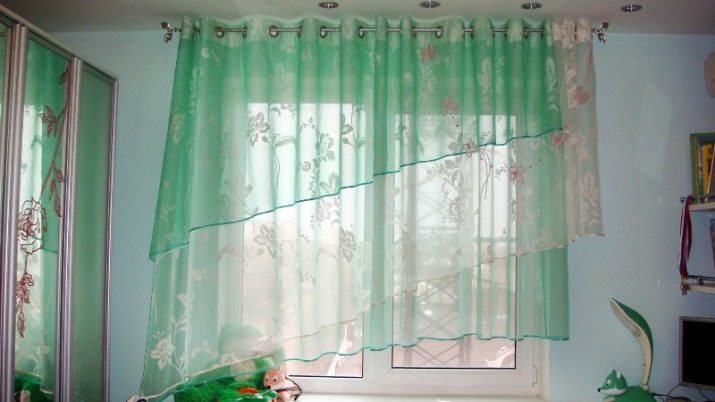
In order not to damage it, it is necessary to take into account some recommendations of experienced housewives.
- Do not use a spray bottle to wet the sections of the canvas - after drying, drops can leave spots.
- You need to iron capron until it becomes dry. Step-by-step instructions on how to do this are described above.
- If a person is stroking this fabric for the first time, then first you need to give her a test. To do this, select the gentle mode and walk with a hot iron from the edge. If everything is in order, and there are no undesirable consequences of such an aggressive effect on it, then you can continue to iron the entire canvas.
- Ironing is allowed only when using a special protective nozzle on an iron or wet gauze (you can also use another thin cloth).
- Such a subspecies of fabric, such as viscose, is ironed solely from the wrong side.
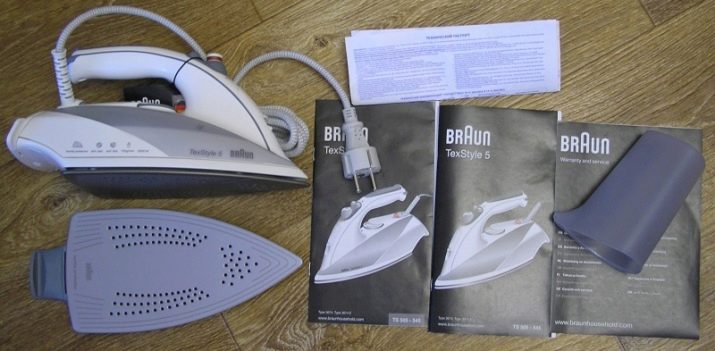
Ironing the tulle can be a pleasant and safe procedure for the fabric, if you follow simple requirements. By listening to the tips described above, you can permanently preserve the pristine beauty and quality of the material.
See how to pat a tulle in the next video.
